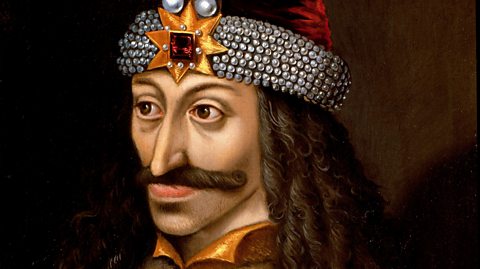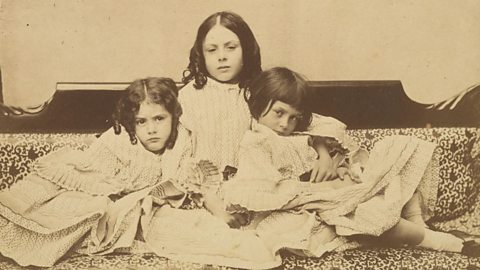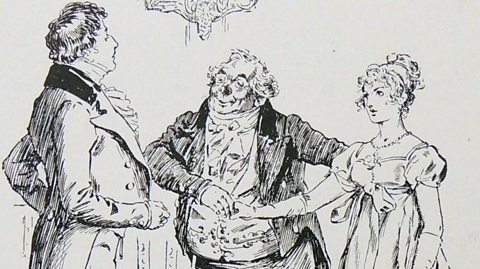Whatâs in a name? Well, when it comes to judging a book by its cover, sometimes quite a lot.
Throughout the publishing process itâs normal for lots of changes to be made to a book. But did you know some of the most famous bestsellers were almost called something else? Here are some books that changed their titles and the stories behind them.

The Un-Dead (Dracula)
Probably the most famous vampire novel in existence, the character of Dracula became the blueprint for fanged night-flyers on screen and in books. But the An eponym is a name that refers to the person, place, or thing that it is named after. novel was very nearly not so, as Dracula was a last-minute name change thanks to the count himself. Irish author Bram Stoker had originally planned to name him Count Wampyr (an old variation of the German âvampirâ), which may or may not have given the game away to unsuspecting solicitor Jonathan Harker as well as readers.
An editor decided The Un-Dead would not be suitable but by then Stoker had changed the characterâs name to Dracula, a nickname associated with historical Romanian ruler Vlad Tepes. It's a widespread belief that Dracula was based on Vlad - but Stoker only noted seeing the name in Whitby's public library and thought it translated to 'devil' in Romanian. Dracula is now considered a staple of the Gothic literature genre.


Forks (Twilight)
Moving on to possibly the second most famous vampire franchise around, the Twilight saga originally had a much less distinctive title. Author Stephenie Meyer originally pitched the novel as âForksâ, referring to the real-life rainy city in Washington, USA where the book is set, for lack of a better idea. Her literary agent advised that the title would need to change, and, after sending a list of words with atmosphere, twilight was one that stood out - capturing the gloomy, brooding vibe.
Sometimes there are other reasons why a book might change title, one of these being international release; the French version of Twilight is called Fascination, which instead suggests more about the content than the mood.


Alice... (Aliceâs Adventures in Wonderland)
Alice went through a lot when she fell down the rabbit hole, and her many adventures gave author Lewis Carroll a conundrum on the final name. The manuscript was formed as Alice's Adventures Under Ground, and other potential titles included Alice Among the Fairies, and Alice's Golden Hour. Alice herself was borrowed from Alice Pleasance Liddell, a girl whom Carroll knew, whose curious and stubborn nature inspired the character.
The story was mostly conceived in one afternoon as Carroll entertained Alice and her sisters, with input from the girls. Naturally Aliceâs name would always be front-and-centre, but eventually so was Wonderland, the topsy-turvy nonsense world where Alice has her adventures. Some books really deliver what they say in the tin.

The Golden Compass (Northern Lights)
Double titles for books are less common now due to changes in the technological landscape - for example, a book title that now sits as a hashtag on social media needs to be consistent across English-speaking countries, or keeping track of it becomes a real challenge.
But before a bookâs global digital footprint was important, it was common to release a book with one title in its native country, and a second title in another. For example, the first book in Philip Pullmanâs His Dark Materials trilogy was published as The Golden Compass in the USA, even though it was going ahead as Northern Lights in the UK and elsewhere. This was simply a decision made by the US publishers, but it also happened to be Pullmanâs original title for the work, that they grew attached to. âHis Dark Materialsâ, which Pullman also proposed, is a reference to 17th Century epic poem Paradise Lost, which inspired the book.
This formula is more common when adjusting for cultural differences - for example, the beloved British puzzlebook Whereâs Wally? is known as Whereâs Waldo? in Canada and the USA, as publishers thought the name âWallyâ would simply not resonate with North American readers. Wally also goes by many different names across Europe.


First Impressions (Pride and Prejudice)
Sometimes rejection is the ultimate gamechanger, and even the most accomplished and celebrated authors will face it at some point. Jane Austen was no exception: one of her most famous novels, Pride and Prejudice, was rejected on the spot when its original title was First Impressions. In 1797, Janeâs father George Austen offered the manuscript to publisher Thomas Cadell. Cadell rejected the novel without setting eyes on the manuscript - proof that first impressions really do matter!
Luckily Jane was not deterred, and went on to publish Sense and Sensibility in 1811. Thanks to its success, bookseller Thomas Egerton offered Jane Austen ÂŁ110 (a bit over ÂŁ7,000 today) for the copyright to Pride and Prejudice, in exchange for managing the promotion and publishing. Austen agreed and changed the title to avoid conflict with another First Impressions which had been published in the meantime. The original novel was credited to âthe Author of Sense and Sensibilityâ, and Pride and Prejudice is still celebrated over 200 years later.
This article was published in May 2023
BookTok - meet the influencers encouraging people to read
These content creators are making videos about their love of reading.

Dear Younger Me: How letter-writing can help your mental health
Writing a letter to a younger version of you that went through a hard time can really help you - here's how.

It literally went pop: The music meets books quiz
Which novels inspired Kate Bush, Taylor Swift and Mumford & Sons?
